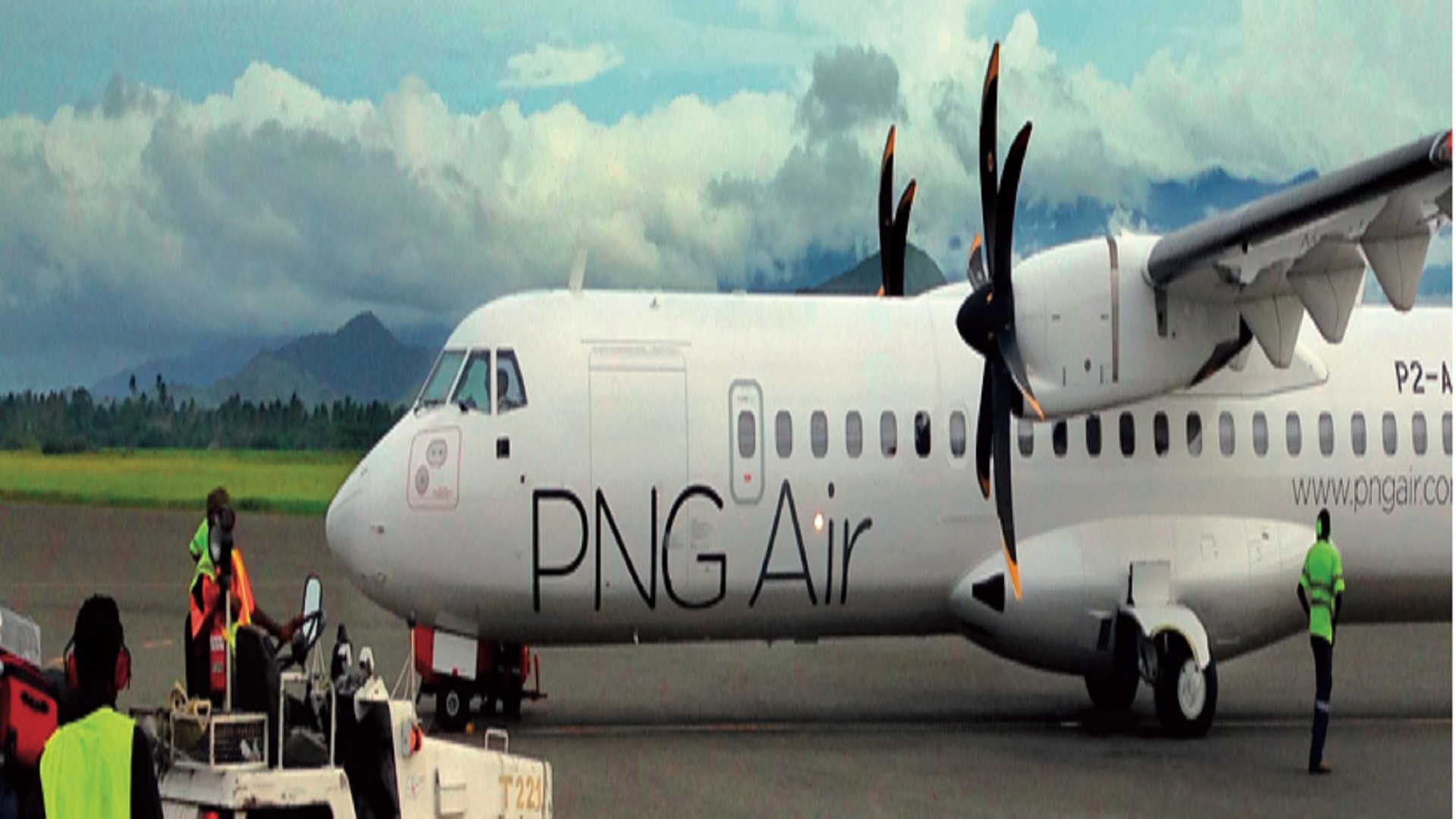New investment in airport infrastructure should help drive growth in Papua New Guinea’s aviation sector ahead of the Asia-Pacific Economic Cooperation (APEC) summit the country is scheduled to host next year, helping offset a recent drop in earnings.
In early February the Asian Development Bank (ADB) signed an advisory agreement with PNG to develop a new passenger terminal at the country’s Jacksons International Airport, located in Port Moresby.
The project will make use of a public-private partnership scheme, with a private company to design, build, finance, operate and maintain the airport’s new facilities. More details are expected to be made public upon completion of a feasibility study, which has yet to be conducted.
Infrastructure boost
The new agreement is part of ADB’s efforts to collaborate with the sector regulator, the National Airports Corporation, in upgrading 21 domestic airports across the country.
Currently, PNG has 14 airports that can handle jet aircraft and eight smaller strips that can be used by prop-driven planes. In recent years, however, some of the larger airports have deteriorated due to excessive usage and from handling larger aircraft, which have caused structural damage to runways and supporting infrastructure.
An expected increase in demand and the need to repair wear on facilities has resulted in an extended programme to expand and upgrade airports, overseen by the regulator.
At the start of December the ADB approved a third loan tranche for the Civil Aviation Development Investment Programme (CADIP) aimed at moving the country towards a more sustainable airport network.
The third tranche is earmarked for improvements and upgrades to nine national airports that have a low level of safety and security compliance, extending runways and aprons, strengthening the pavement, and building traffic control towers and terminals.
Other works financed by the ADB’s second tranche are continuing; an upgrade of Goroka Airport in the Eastern Highlands, which began in June 2016 and is set to finish in April 2017, includes repairing the pavement and runways, and building new terminals.
Another airport undergoing major redevelopment under CADIP is the Momote Airport in Manus Province, where work is expected to wrap up by the end of this year.
APEC impact
An improved network of airports will support the higher inflows of passengers expected during the 2018 APEC summit, which may also attract a raft of subsidiary meetings and events throughout the year.
Beyond the revenue boost from increased flights and hotel bookings, the summit is projected to raise PNG’s tourism profile. Analysts also talk of a ripple effect on trade and investment as business leaders use their visits to explore opportunities in the PNG economy.
This has been the case for countries that have hosted APEC meetings in the past, Francis Hualupmomi, a political scientist at New Zealand’s Victoria University, told local media in mid-March. The Philippines, which hosted APEC meetings in 1995 and 2015, is witnessing GDP growth rates of around 8%, partly from investment garnered between those years.
Padded landing
A boost to the aviation industry will be welcome news, as service providers have experienced a sharp drop in demand following the downturn in commodities prices, according to Navin Raju, CEO of helicopter service provider Heli Niugini.
When commodity prices are down, exploration activity decreases, and one of the first measures of cost cutting is to reduce helicopter services or flying hours,” Raju told OBG.
As work volume from the oil and gas sector has shrunk, operators have turned to the second tier market to fill their order books, such as telecoms infrastructure firms, which use flight services to build transmission lines and cell towers when expanding their mobile and broadband networks.
Depreciation of the kina – which lost 5.3% of its value against the US dollar last year – has also affected investment by squeezing foreign exchange liquidity and making it harder for companies to pay foreign suppliers that require payment in dollars. As a result, stakeholders say businesses have been warier of investing to expand their operations, causing a drop in passenger and freight traffic.
Hope on the horizon
The downward trend for aviation service providers could, however, be reversed in light of new projects announced in the extractive industry.
Last year energy giants Total and ExxonMobil announced liquefied natural gas (LNG) projects worth a combined $15bn. Total said it intends to push ahead with building a major Papua LNG plant in Gulf Province, on which it plans to break ground later this year. Total likewise plans to raise capacity at its joint-venture PNG LNG facility north-west of Port Moresby, and is also looking at adding a third processing train.


